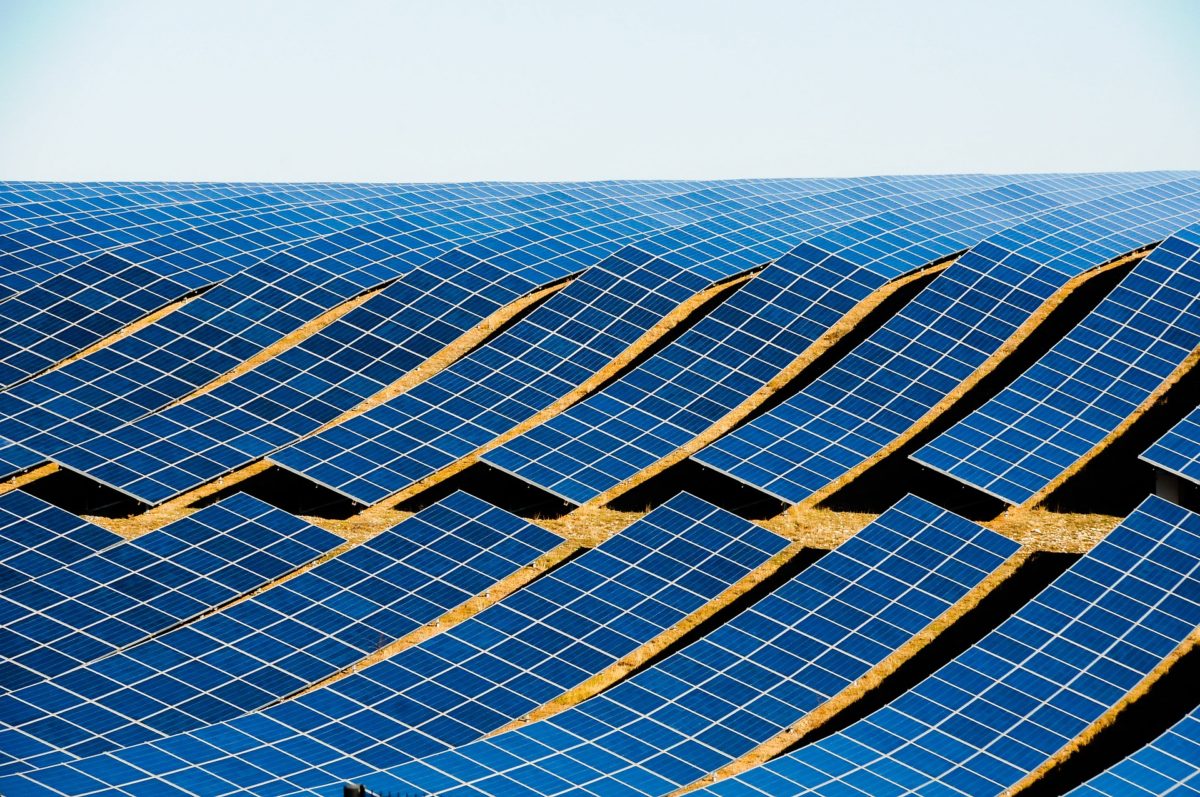At the core of the Western Australian Liberals’ New Energy Jobs Plan is a AUD 9 billion ($6.9 billion) 4.5 GW renewable energy “mega project” encompassing wind and solar energy. The renewable energy would be converted to green hydrogen for export markets.
Zak Kirkup, the opposition leader for Western Australia, said that the Liberals would also underwrite the development of a 1.5 GW solar and wind energy project in the state by 2025. The party aims to complete a AUD 500 million transmission line extension from Three Springs to Geraldton, which would result in zero emissions and renewable electricity powering the South West Interconnected System (SWIS). The plan also mentions a 500 MW mega-battery array, which would provide grid security.
In addition, Kirkup has promised to “lead by example” and deliver zero emissions from the state government by 2030. This plan is inclusive of the public transport system, state vehicle fleet, and the state-owned electricity network.
Under the plan, state-owned coal-fired power stations in Muja and Collie would be shut by 2025. The current Labor Party government has already indicated that it will shut two of the four operating generators at the Muja Power Station between 2022 and 2024. However, it has not said when the whole facility may be shuttered.
Kirkup said that transitioning to renewables would be a necessary step to ensure that the state keeps pace with other countries.
Popular content
“I want to make it perfectly clear that this will not impact the private sector. This is about the state government’s emissions and leading by example,” he said. “Our plan will assist companies transition to green exports and independent clean energy operations – if they choose.
Kirkup, who aims to unseat Premier Mark McGowan in the March 13 state election, said the Liberals’ New Energy Jobs Plan would attract AUD 16 billion worth of public and private capital investment over the coming decade, on top of the AUD 400 million spent by the state.
“It’s a mega-project, building the largest renewable energy project in Australia’s history, with wind, solar and large-scale batteries that will transform Western Australia’s energy system for the next 50 years,” he said.
To continue reading, please visit our pv magazine Australia website.
This content is protected by copyright and may not be reused. If you want to cooperate with us and would like to reuse some of our content, please contact: editors@pv-magazine.com.



By submitting this form you agree to pv magazine using your data for the purposes of publishing your comment.
Your personal data will only be disclosed or otherwise transmitted to third parties for the purposes of spam filtering or if this is necessary for technical maintenance of the website. Any other transfer to third parties will not take place unless this is justified on the basis of applicable data protection regulations or if pv magazine is legally obliged to do so.
You may revoke this consent at any time with effect for the future, in which case your personal data will be deleted immediately. Otherwise, your data will be deleted if pv magazine has processed your request or the purpose of data storage is fulfilled.
Further information on data privacy can be found in our Data Protection Policy.